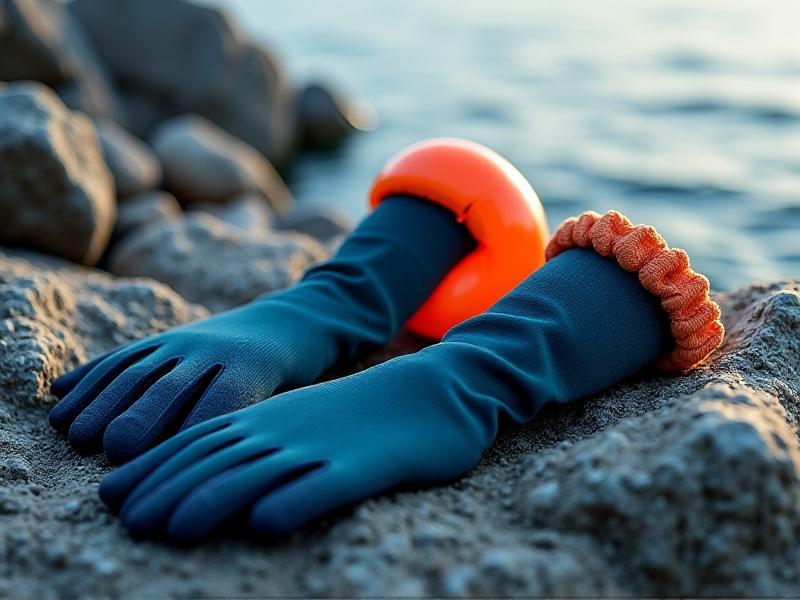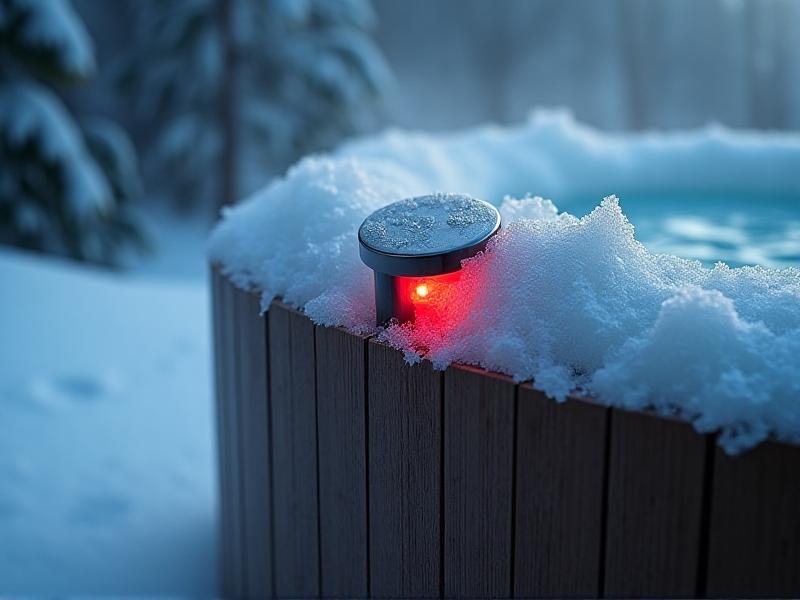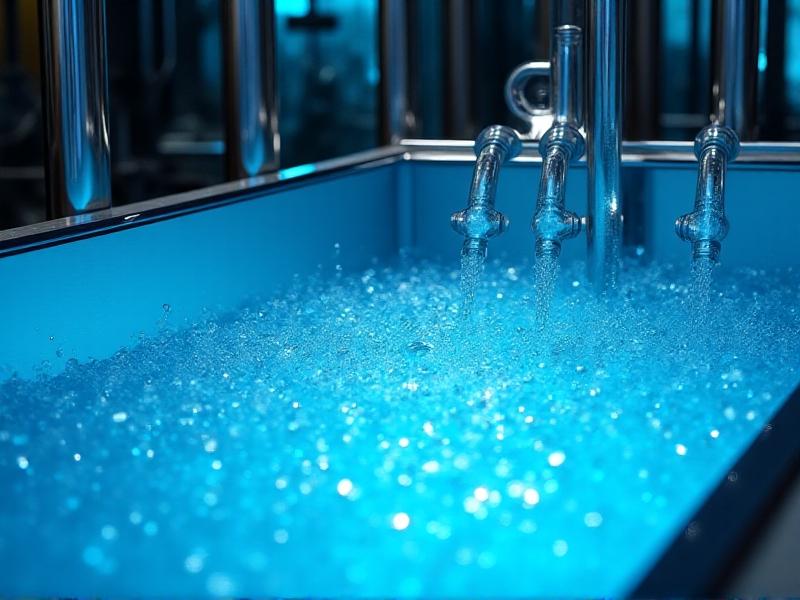Frostbite First Response for Outdoor Swimmers
Understanding Frostbite Risks in Open Water Swimming

Outdoor swimmers often face unique challenges, and frostbite is a critical concern in cold water. Unlike hypothermia, which affects the entire body, frostbite targets extremities like fingers, toes, ears, and nose. Water conducts heat 25 times faster than air, accelerating heat loss. Even in water above freezing, prolonged exposure can numb skin and damage tissue. Swimmers must recognize how wind chill, immersion duration, and inadequate gear amplify risks. For example, a 10-minute swim in 5°C (41°F) water without gloves can trigger early frostbite symptoms. Understanding these variables is the first step in mitigating danger.
The Physiology of Cold Injury: How Frostbite Develops

Frostbite occurs when skin and underlying tissues freeze. Initially, blood vessels constrict to preserve core warmth, reducing circulation to extremities. As ice crystals form in cells, they rupture membranes and trigger inflammation. Severe cases involve deep tissue necrosis, requiring medical intervention. Swimmers often underestimate how quickly this process unfolds. Numbness, often mistaken for harmless "cold tingling," signals reduced blood flow. Without prompt action, irreversible damage can occur within 30 minutes in sub-zero conditions. Recognizing the body’s warning signs—pale skin, stiffness, or burning sensations—is crucial for early intervention.
Pre-Frostbite Prevention: Gear and Preparation Strategies

Preventing frostbite starts with preparation. Neoprene gloves and socks retain warmth while allowing mobility. Silicone ear caps protect vulnerable cartilage, and thermal swim caps provide an extra insulation layer. Swimmers should also use a safety buoy for visibility and emergency flotation. Pre-swim checks include monitoring weather forecasts and avoiding solo excursions. Acclimatization—gradually increasing cold exposure—can improve tolerance but must be approached cautiously. Post-swim rituals matter too: changing into dry layers immediately and using chemical hand warmers helps restore circulation. Preparation isn’t just about gear; it’s a mindset of respecting the cold’s power.
First Response: Immediate Actions for Suspected Frostbite

If frostbite is suspected, act swiftly. Exit the water and remove wet clothing to prevent further heat loss. Avoid rubbing affected areas—this can worsen tissue damage. Instead, immerse extremities in lukewarm water (37–39°C/98–102°F) for 15–30 minutes. Pain during rewarming indicates returning circulation, but over-heating can cause burns. If water isn’t available, use body heat (e.g., placing hands under armpits). Protect skin with sterile dressings and elevate limbs to reduce swelling. Never walk on frostbitten feet unless absolutely necessary. Document symptoms and time of exposure—this information aids medical professionals if advanced care is needed.
Post-Frostbite Care: Long-Term Recovery and Monitoring
Recovering from frostbite requires patience. Blisters may form within hours; these should be left intact to avoid infection. Over-the-counter pain relievers like ibuprofen reduce inflammation, while aloe vera gel soothes damaged skin. Follow-up with a healthcare provider is essential to assess tissue viability and detect complications like infection or neuropathy. Physical therapy might be needed to restore mobility in affected joints. Emotional recovery matters too—frostbite can deter swimmers from returning to the water. Support groups and gradual re-exposure help rebuild confidence. Remember: frostbite increases susceptibility to future cold injuries, making prevention even more critical.
Building a Frostbite-Specific First Aid Kit for Swimmers
A well-stocked kit is a swimmer’s best defense. Essentials include a waterproof thermometer to check water temperature, instant hand warmers, and an emergency blanket. Add sterile gloves, antiseptic wipes, and non-stick burn dressings for wound care. Include a laminated card with rewarming instructions and emergency contacts. Store everything in a floating dry bag for accessibility. Customize based on personal risk factors—for example, extra toe warmers for those prone to foot numbness. Regularly check expiration dates and replenish used items. This kit isn’t just for crises; it’s a tangible reminder of the importance of proactive safety measures.








